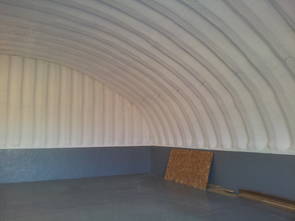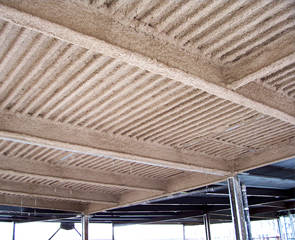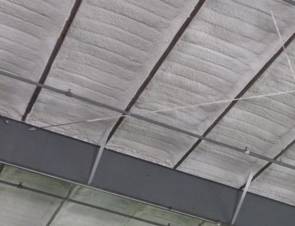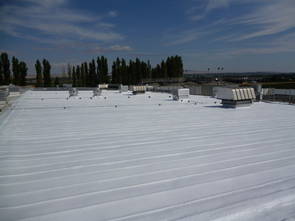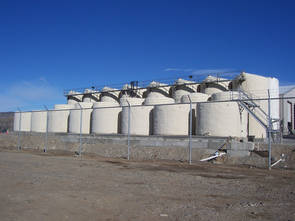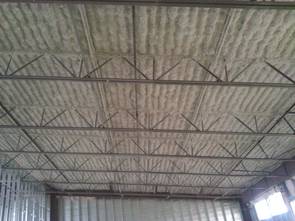Insulation
Polyurethane foam is an established product that has a history as far back as the late 1940’s. The military applied foam during the manufacturing of airplanes. In the 1970’s polyurethane foam started to be used as an insulation and roofing material. It was during this time that a lot of "learning of the industry” was done through trial and error, thus giving the foam insulation industry a sorted start, to this day foam is still being applied in some cases where it shouldn’t be and in other cases it is not being applied where it should.
As noted on our home page K-5 Contracting believes in doing a project right, we will consider all factors when recommending a specific application whether it is wall insulation or a roof system and do not proceed if foam is really not the best option for the client.
Why spray foam for insulation?
- Healthy - Contains no ozone-depleting chemicals, reduces condensation, moisture and mold, improving occupant comfort, health and safety.
- Energy Efficient - The seamless air barrier reduces uncontrolled air leakage, lowering energy costs for building owners and is sometimes eligible for LEED credits
- Higher “R” Value - Sprayed polyurethane foam typically has an aged R-value of 6.5, enabling it to provide more thermal resistance with less material than any other insulation.
- Sound Reduction - Reduces noise from outside, restrooms, mechanical rooms etc.
- Racking (shear resistance) - Improves overall structural strength of wall and roof systems, greater protection from weather, earthquakes and hurricanes.
- No Habitat - Reduces the ability of insects and other pest penetration throughout the building envelope.
There are basically two types of spray in place foam insulation, one is commonly known has “half pound or .05” spray foam and the other is known as “two pound or 2.0” spray foam. This designation relates to the cured density of the product once sprayed in place. The “half pound foam has a typical aged R-value of R-3.5 per inch where the typical aged value of the two pound is 6.5 per inch. In K-5 Contracting’s opinion the “two pound or 2.0” is a superior product and is what we normally install. We will apply half pound or .05 where a design or need would require it over the 2.0 product.
